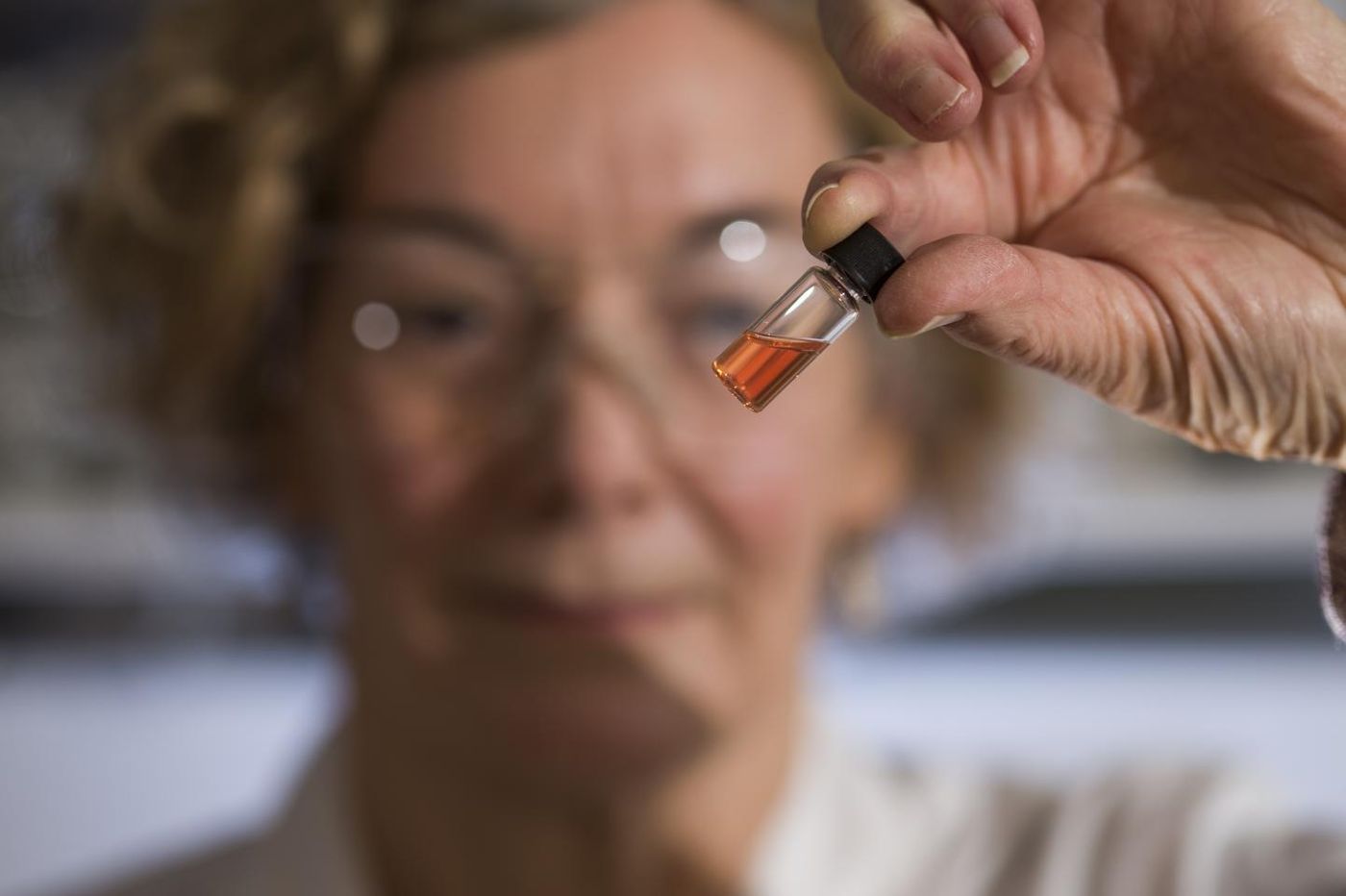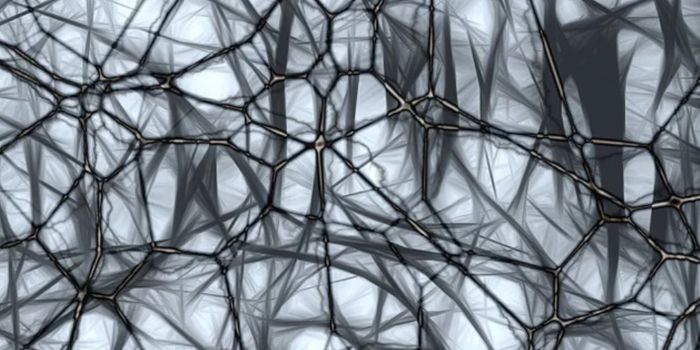The World's Oldest Colors
A research team led by scientists from the Australian National University (ANU) has unearthed the world’s oldest colors in a study of ancient oceans. Rocks that were taken from far below the surface of the Sahara desert were shown to contain bright pink pigments that are about 1.1 billion years old, making them half a billion years older than colors previously identified, and the oldest colors in the geological record. The findings have been reported in the Proceedings of the National Academy of Sciences.
"The bright pink pigments are the molecular fossils of chlorophyll that were produced by ancient photosynthetic organisms inhabiting an ancient ocean that has long since vanished," explained Dr. Nur Gueneli from the ANU Research School of Earth Sciences. She discovered these molecules while doing work on her graduate thesis.
To get to the bacterial fossils, the scientists pulverized the rocks they found into powder and then did a molecular analysis to reveal ancient organisms that were contained in that rock. The research team, which included investigators from Geoscience Australia and researchers in Japan and the United States, found cyanobacteria in their samples.
"The precise analysis of the ancient pigments confirmed that tiny cyanobacteria dominated the base of the food chain in the oceans a billion years ago, which helps to explain why animals did not exist at the time," Dr. Gueneli said.
Cyanobacteria get their energy through photosynthesis, and they are known as blue-green algae. According to the researchers, these bacteria and other microorganisms are thought to be the only inhabitants of the oceans around 1.8–0.8 billion years ago, during Earth’s middle age.
Large, active organisms didn’t have the food supply to sustain their existence, constraining their emergence, noted senior lead researcher Associate Professor Jochen Brocks from ANU. Algae wasn’t around at that time.
"Algae, although still microscopic, are a thousand times larger in volume than cyanobacteria, and are a much richer food source," noted Brocks, of the ANU Research School of Earth Sciences. "The cyanobacterial oceans started to vanish about 650 million years ago when algae began to rapidly spread to provide the burst of energy needed for the evolution of complex ecosystems, where large animals, including humans, could thrive on Earth."
Sources: Phys.org via Australian National University, PNAS









